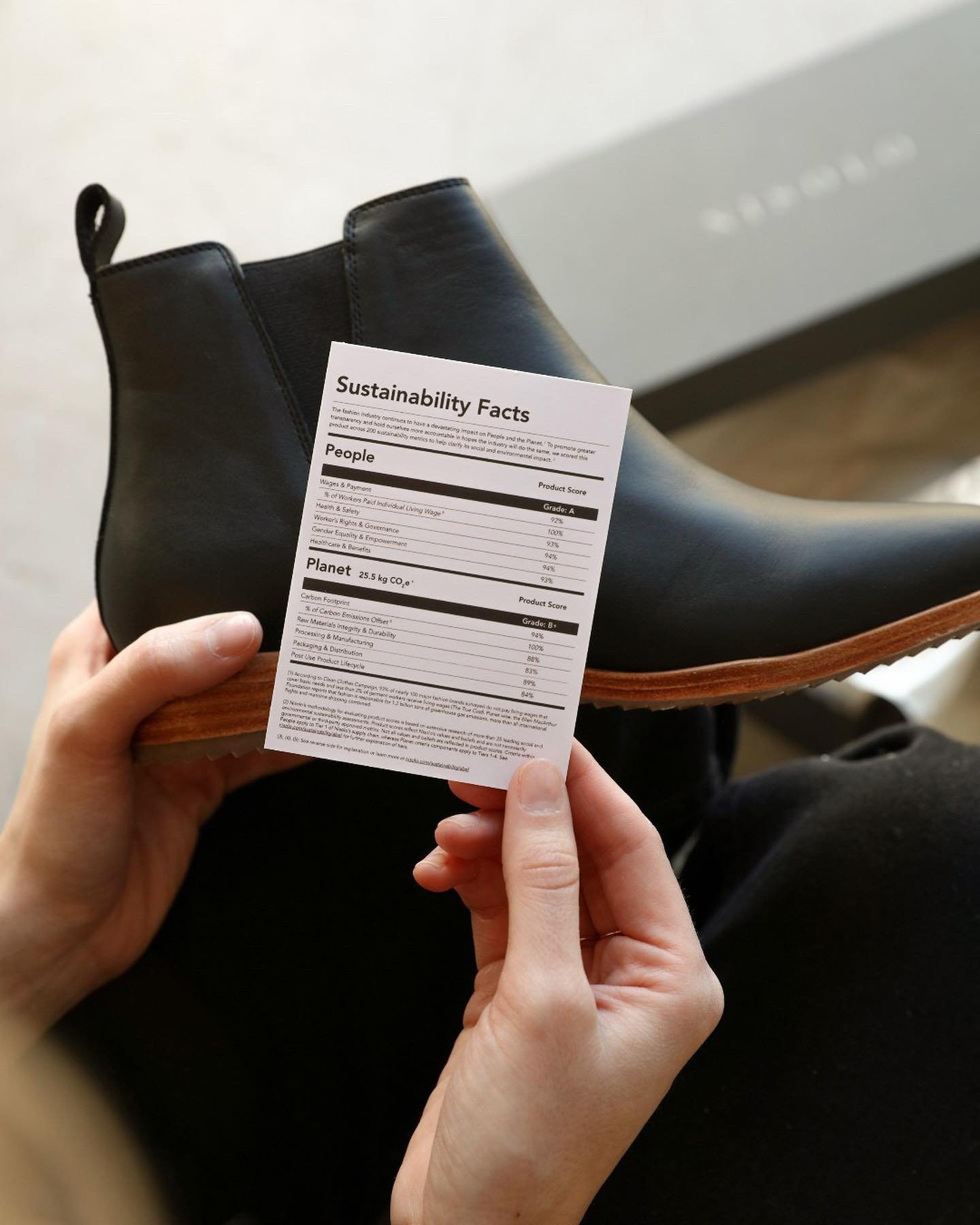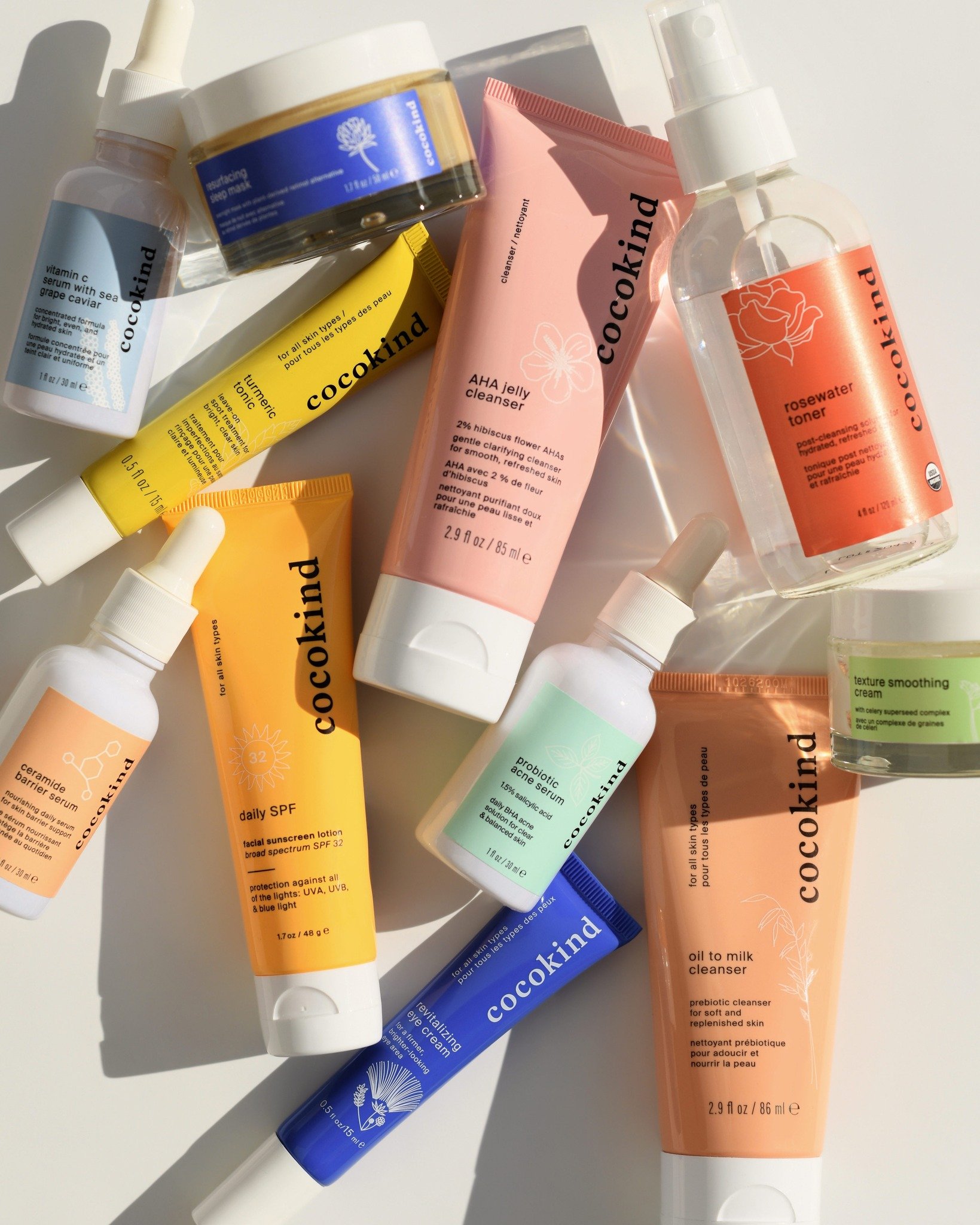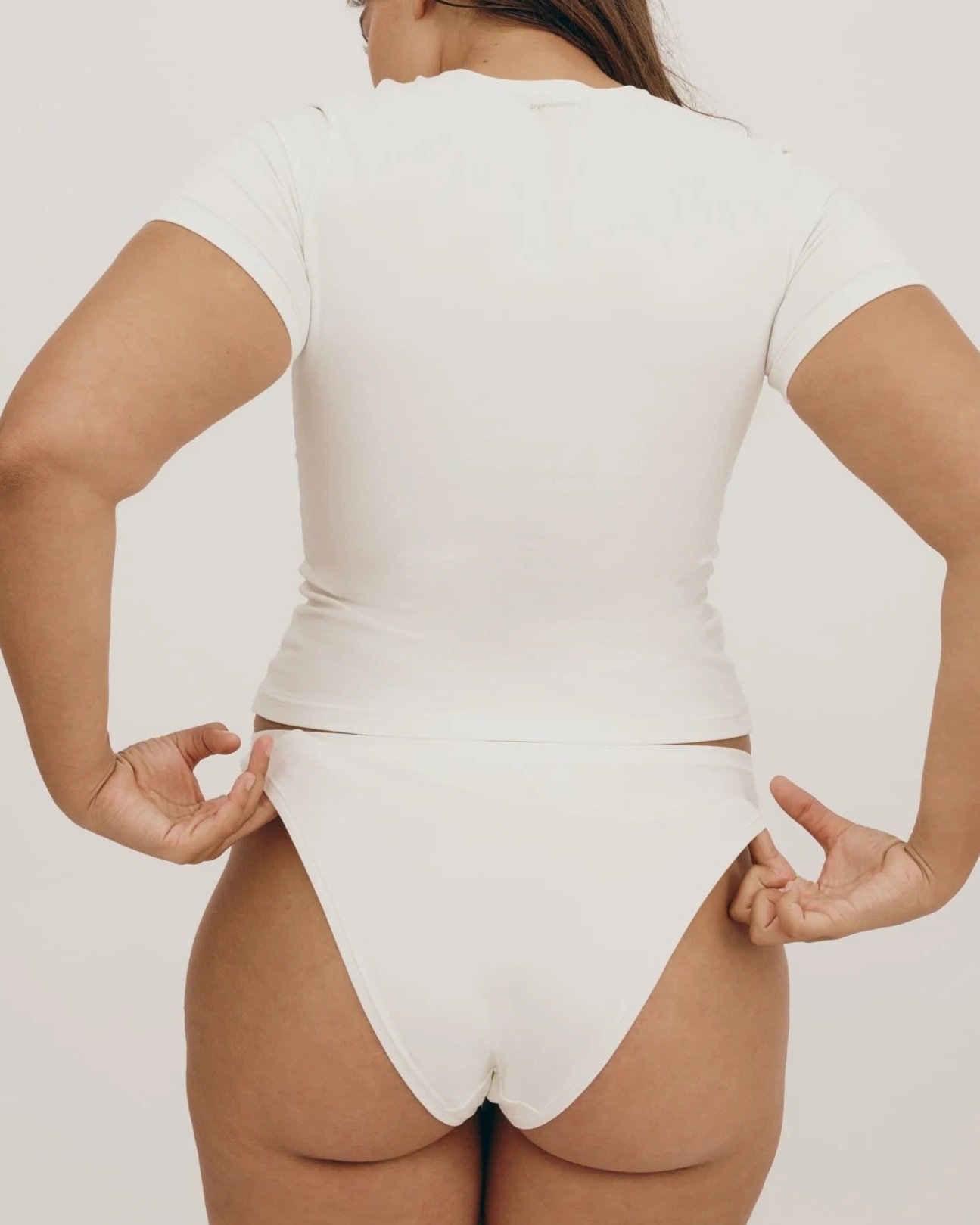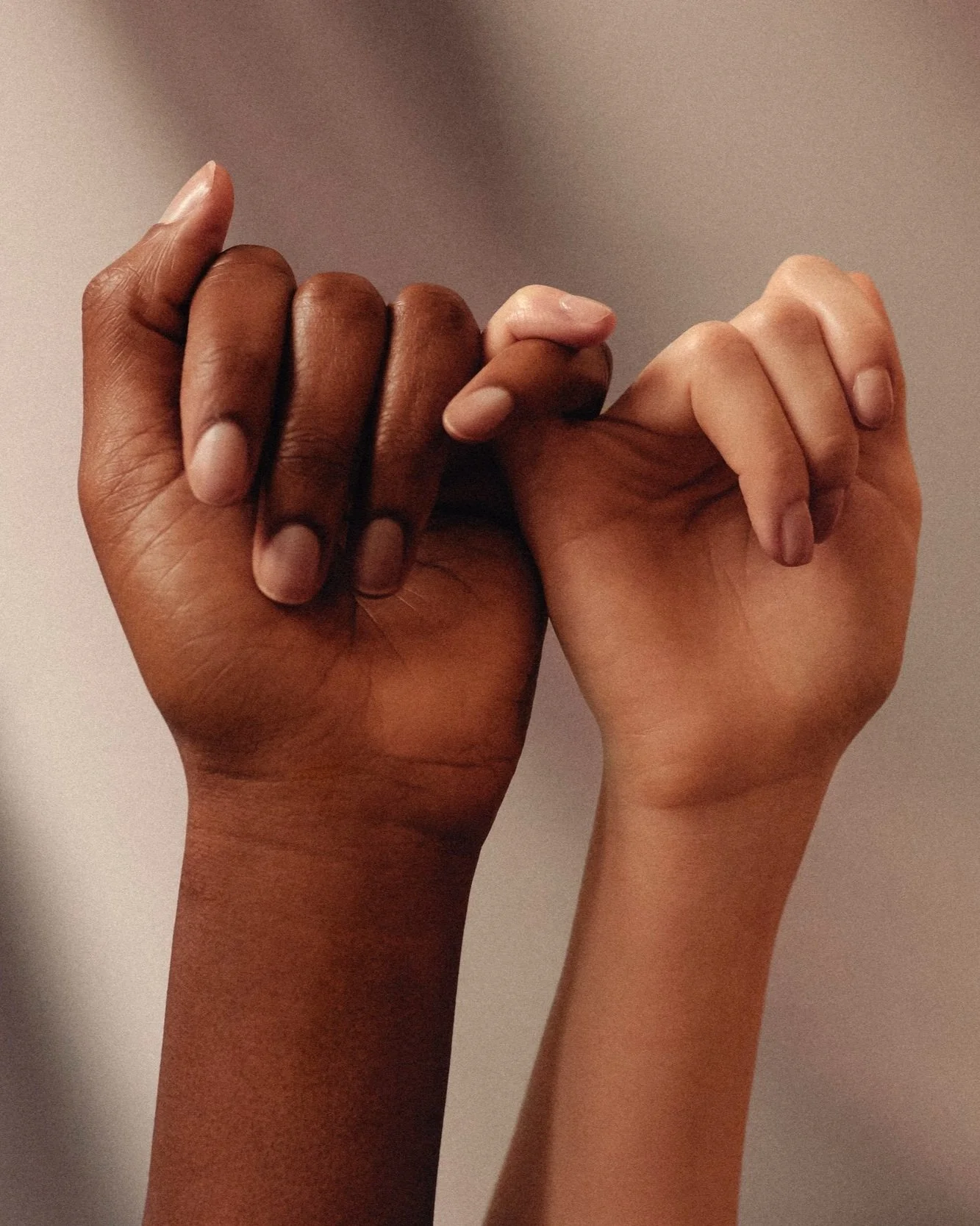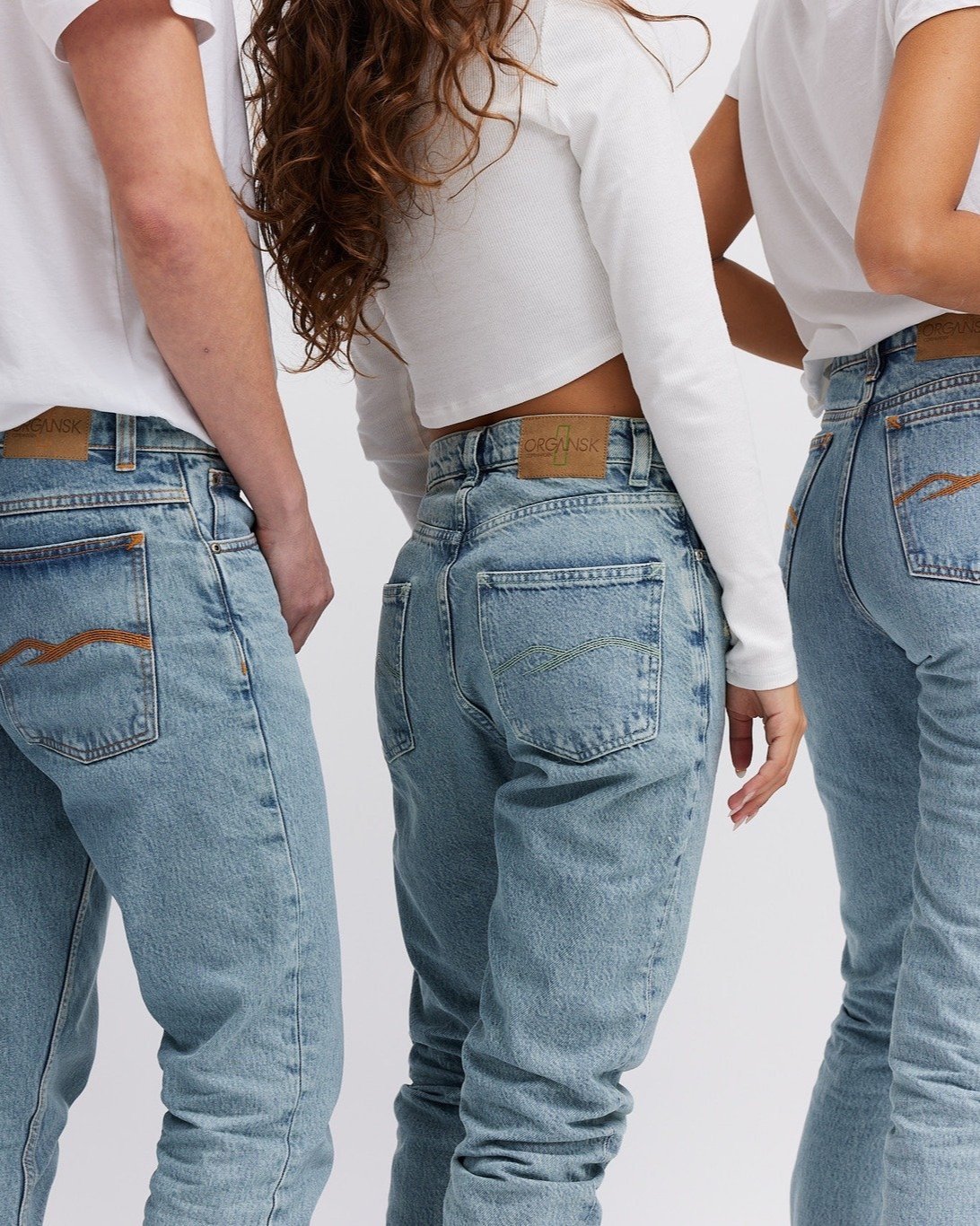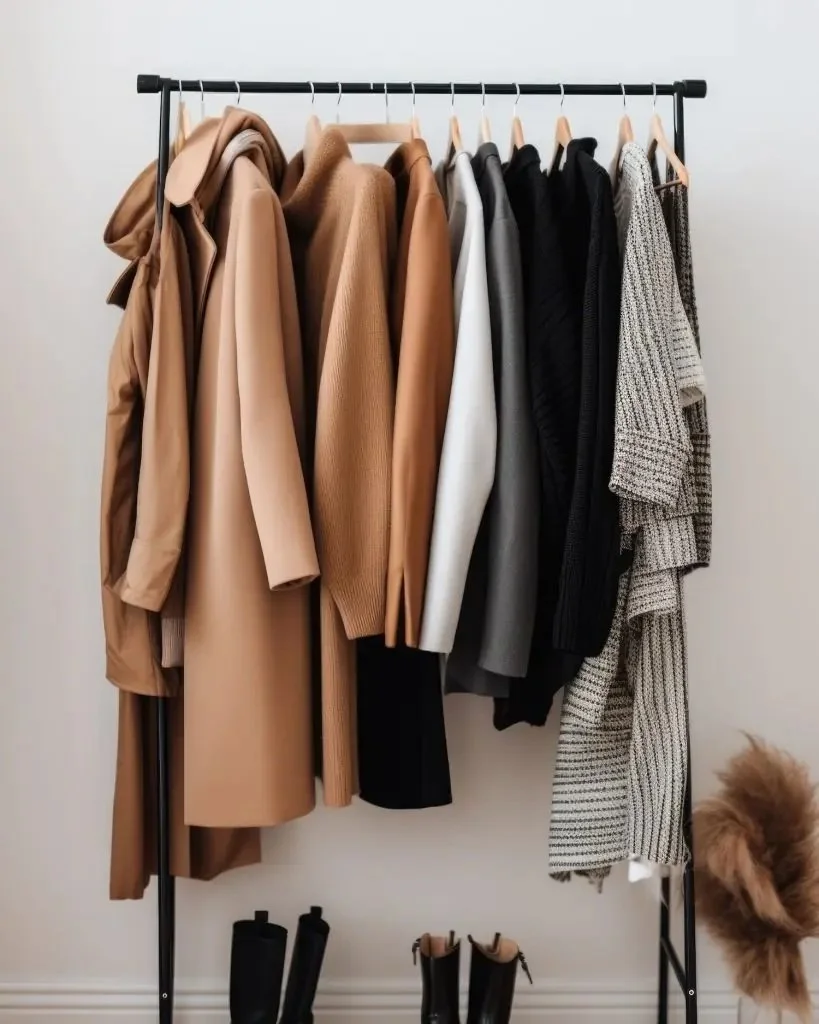Image: Nisolo
Disclosure: Some of the links below are affiliated; we may earn a small commission if you click through and make a purchase. We only ever add brands & products we truly believe in. Thank you for supporting the brands who are making the fashion industry a better place!
Transparency & Sustainable Brands
Sustainable fashion has officially become mainstream, much to my delight. Unfortunately, the increased demand for sustainable brands also increases greenwashing and differing levels of sustainability. Not all brands are sustainable, and not all sustainable brands are equally sustainable. So how do we, as consumers, really know if a brand can be trusted? By brands prioritizing transparency and education. In this article, I highlight five sustainable brands that make transparency easy for consumers to understand and set new sustainability standards.
Why is Transparency in the Fashion Industry Important?
In order to know if a brand is sustainable or ethical, there needs to be transparency. Anyone can say they are sustainable but if they aren’t transparent about how, consumers can’t validate their claims.
When brands publicly disclose crucial details like how and where they make their products, and the materials they use, we can begin to understand what makes this brand sustainable. There are also a variety of third party certifications and audits that help bring more transparency to the specific business practices and methods used.
As consumers, we only know what we are told. So when brands decide to be transparent and tell us exactly who they are, we can then build real trust with that company.
Why Is Consumer Education on Sustainability Important?
While it’s important for a business to be transparent, transparency doesn’t mean as much if we don’t understand what they are talking about. In order to know if a business is using sustainable materials, ethical production methods, or making a positive impact, we need to have basic sustainability knowledge.
Great sustainable brands are the ones that are not only transparent, but provide clear, easy to understand information and education to their consumers. Once we understand why something is sustainable or ethical, we as consumers can make informed choices.
What to Look For From Sustainable Brands:
A truly transparent sustainable brand should make the following clear:
Who owns the company?
What materials do they use and why?
Where do they source their materials?
Where do they manufacture?
How much do they pay their workers?
How are the workers treated?
What production methods do they use?
Do they offset their carbon emissions? How?
Do they give back to any organizations?
What are they working to improve on? Do they have future sustainability goals?
The five brands below are great examples of what to look for in a sustainable brand. I chose these brands because they are taking it one step further than most. Each of these businesses have found new ways to be as transparent as possible. They also provide clear, easy to understand information so consumers can make educated choices.
Now, Our Top Picks for Sustainable Brands Setting New Standards for Transparency and Education:
1) Nisolo
Nisolo is another great sustainable brand that is focused on continually improving. They are a certified B Corp and Carbon Neutral company known for making ethical shoes.
Nisolo has been leading the way when it comes to paying living wages and creating an ethical work environment. They publish their wages and are very transparent about who makes their products and where.
Lately, they’ve made huge strides in both sustainability and transparency. At the end of 2021, they launched their sustainability facts label. They want to bring a new level of transparency to the fashion industry. They worked with sustainability experts, certifications, and organizations over the last few years to create a comprehensive yet easy-to-understand label. The label is meant to make it easier for brands to evaluate their products and for consumers to make sustainable choices.
Their sustainability facts label is the first of its kind. It takes into account the impact of each product on people and the planet. Every Nisolo product now has this sustainability label available.
use code SUSTAINABLYCHIC20 for 20% off your entire purchase
2) Cocokind
Cocokind is a sustainable skincare brand that has made considerable strides in sustainability and transparency since it launched five years ago. They are passionate about helping consumers understand what they are buying and creating more transparency within the beauty industry.
Cocokind uses Instagram to showcase real, unfiltered skin from their team and customers. However, where Cocokind truly shines is in making it easy for consumers to understand exactly what they are using and why they should use it.
On social media, you can expect to see Cocokind regularly break down what trendy ingredients, like retinol and hyaluronic acid, really are and how or why to use them. They also show sample beauty routines, making it easy to understand what products you should use for each skin type.
They take transparency one step further on their packaging and website. Each product has its own label, which includes the formulation and sustainability facts. These labels explain what’s in the product and why, its carbon footprint, and recycling instructions. In addition, their website states the PH level, smell, feel, use instructions and consumer experience stats for each product.
While Cocokind is way ahead of most “clean” beauty brands, they clearly state that they are working toward much more. Cocokind states that they are only in Phase 1 out of 3 of their sustainability goals.
3) Girlfriend Collective
Girlfriend Collective’s goal is to be as transparent as possible, and they are on the right path. Girlfriend Collective has created a popular line of sustainable activewear made primarily from recycled polyester (RPET), ECONYL, and cupro.
Within seconds of being on their website, you’ll learn what materials they use in their products and why. They have an extensive FAQ page, but they also provide the answers to most of these questions on their About page.
They also provide a comprehensive overview of how the fashion industry operates as a whole, including how products are made and what common certifications and labor codes mean.
One of the great things Girlfriend Collective does is making it easy for consumers to understand exactly what they are buying. Underneath each product is a comprehensive description of what it’s made of. They also clearly and boldly list how many plastic bottles were used to make it, as well as the CO2 and water it saved.
4) Able
ABLE is a sustainable fashion brand that is passionate about empowering women and providing ethical employment globally. ABLE works with women artisans around the world to create their products. ABLE provides extensive information on how the fashion industry operates as a whole and especially its exploitation of women.
They published a living wage calculator to explain to consumers how they determine their wages. They were one of the first fashion brands to publish their lowest wages.
Over the last few years, they’ve created their own evaluation tool called ACCOUNTABLE. It measures the safety, equality and wages of their manufacturers. This has made it possible for them, and others, to ensure transparency in their supply chain.
ABLE is not just transparent when it comes to their employment and production. On their website, they’ve taken the time to break down each product they sell and explain the materials used, why they chose them and where and how they are sourced.
5) Organic Basics
Organic Basics is a sustainable fashion brand focused on creating ethical intimates & everyday basic clothing. In addition, they are incredibly passionate about consumer education and transparency.
One unique thing about Organic Basics is their low-impact website option. You can choose to shop on their standard website or their low-impact one. The low-impact version calculates the CO2 emissions you are reducing when you use it.
Additionally, they have a very comprehensive and user-friendly breakdown of why the fashion industry is “dirty” and how they are working to change that. Organic Basics publishes each factory they manufacture it with a rating. They include details like where it’s located, if it’s family-run, what materials it produces, who works there and what type of wages and benefits they receive.
When it comes to their products, they provide an Impact Index that states the CO2, chemicals and waste prevented by each product.
About the Author
Alicia Briggs is a writer & editor specializing in slow travel & sustainable living. She has been a full-time traveler since 2018 and runs her own blog, Learning the Local Way, where she covers responsible travel tips and guides.
MAKE SURE TO PIN THE PHOTO BELOW TO SAVE THIS POST FOR LATER!
WANT MORE SUSTAINABLE BRANDS? VISIT OUR BRAND DIRECTORY!
Our Brand Directory is home to hundreds of sustainable brands, from makeup to cleaning supplies, from underwear to shoes. We have broken everything down by category for easy shopping, along with discount codes unique to Sustainably Chic viewers.

